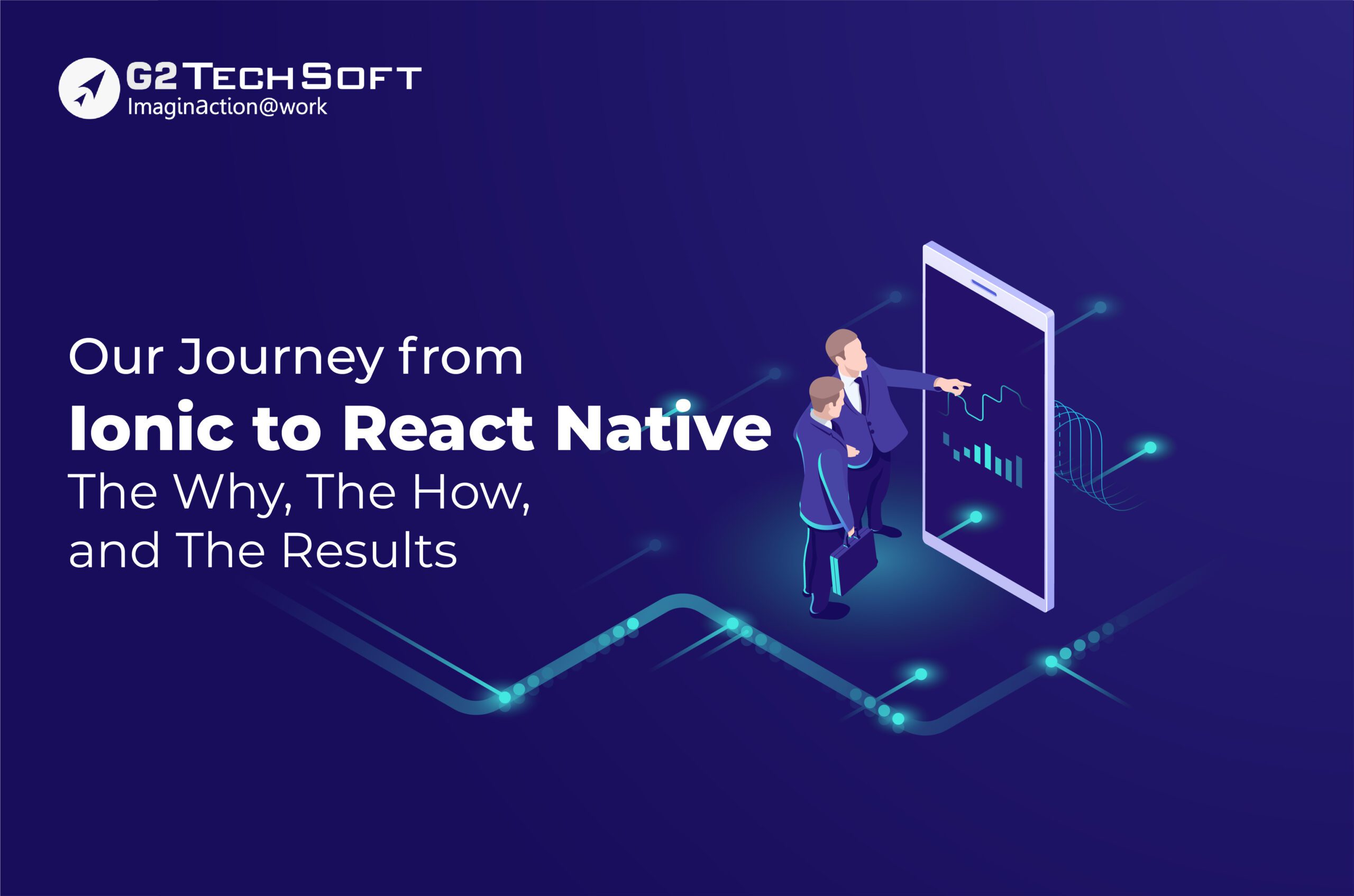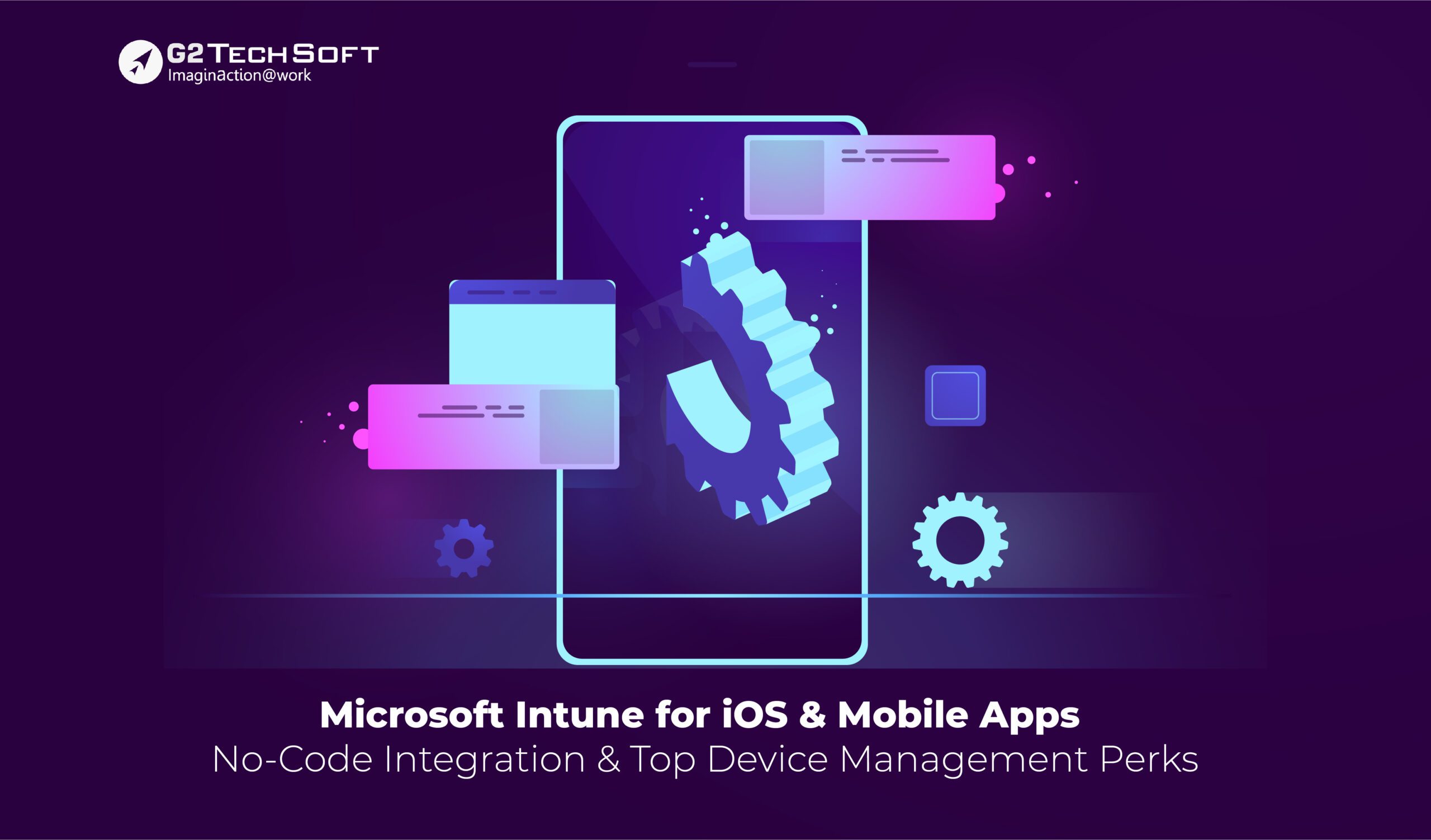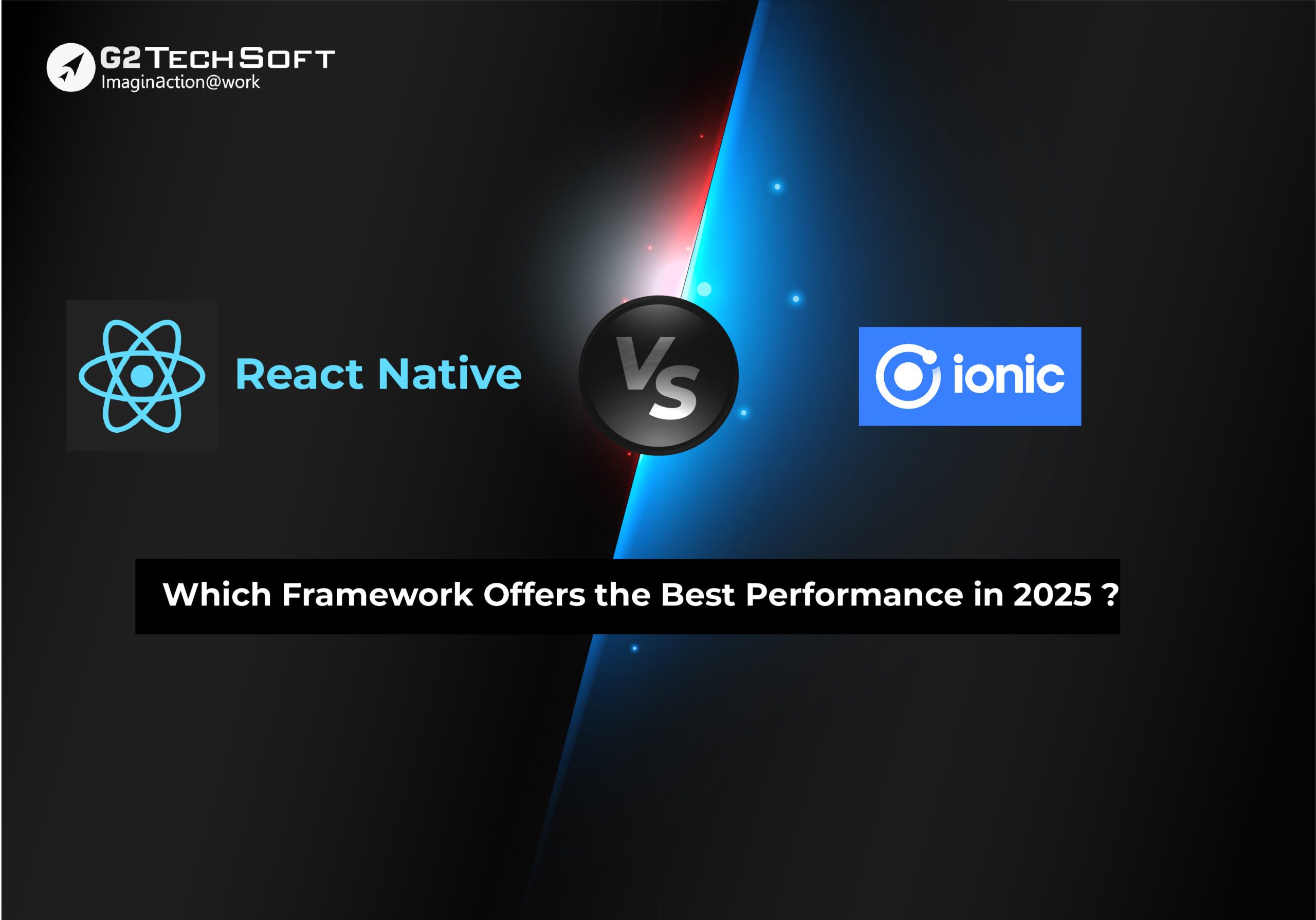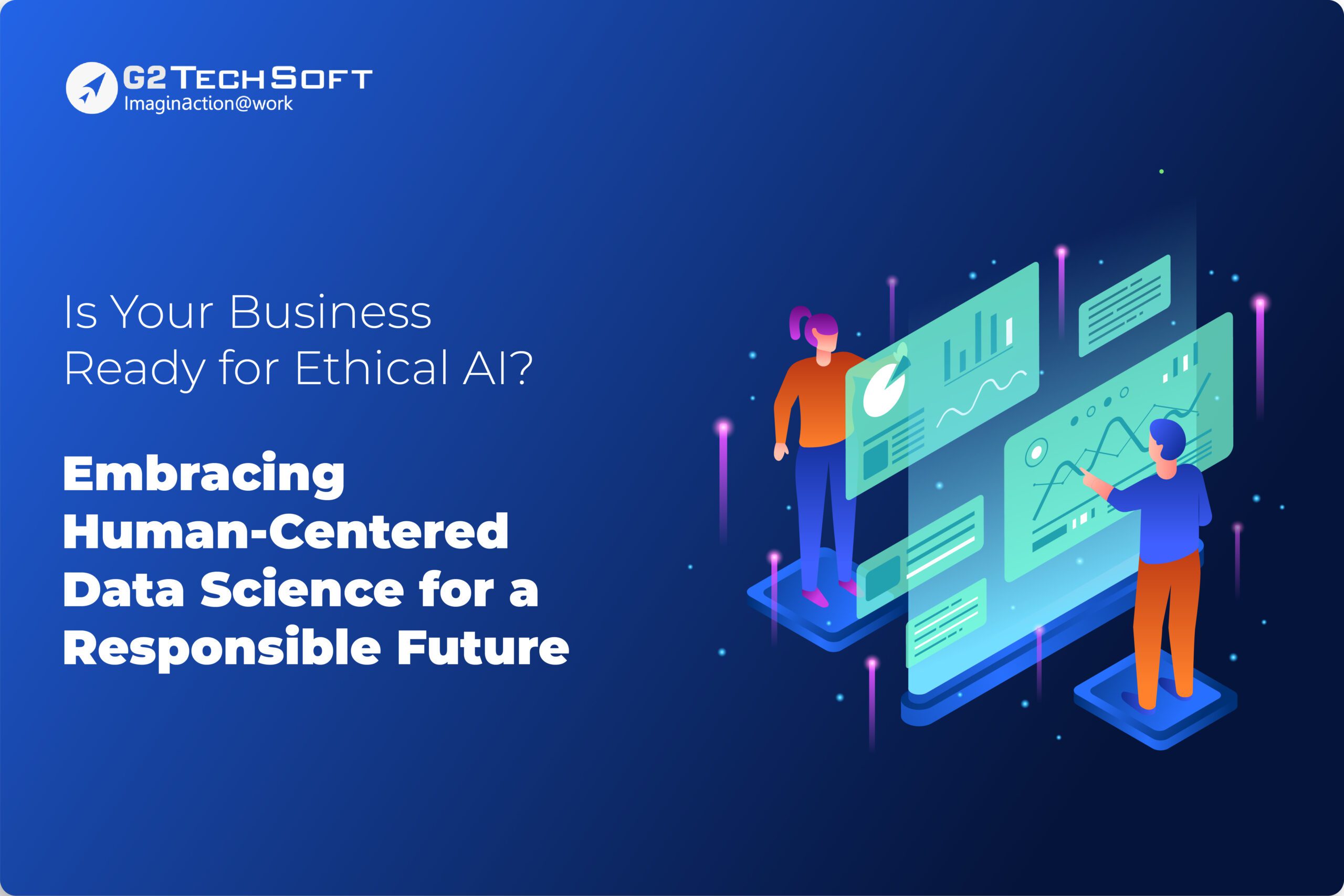
Leap To Cloud-Native Applications For Progressive Business Growth
Introduction:
Most businesses are boosting their digital transitions by switching to cloud computing or cloud-based infrastructure.
The methodology of application development and deployment, particularly for SaaS applications, has dramatically changed with the move from on-premise software to cloud services. But frequently, utilizing the cloud is insufficient. So, a company’s approach to application design, development, and use must evolve if it is to compete successfully in fast-moving, software-driven marketplaces.
One such key approach for creating, utilizing, and upgrading apps built on well-known cloud computing methodologies and technologies is known as cloud-native application development. Small, autonomous, and loosely connected services make up cloud-native applications.
Achieving the agility required to maintain competitiveness in a constantly changing market is the central goal of cloud-native applications.
Do you even have any thoughts on moving to the cloud? Then, first, comprehend all you need to know about native cloud services in this post.
Get To Know The Top Cloud-Native Application Development Trends For 2023
The cloud-native methodology has made it simple for developers to distribute improvements without interfering with the functionality of the apps and deliver products more quickly.
Cloud-native trends, which are a developing topic, aid in visualizing a future in which the constraints of the present cloud-native stack are eliminated.
Here, G2 TechSoft has put together a compilation of 2023’s top cloud-native trends for your company.
Low Code And No Code:
Low-code and no-code approaches rely on a platform that assists with software development, making it simpler for novice developers and programmers who wish to save time when beginning their software development process.
Platforms with little or no code encourage autonomous coding in the long term. They boost accessibility for developers and transfer the emphasis from the coding portion to software development and deployment. Additionally, these platforms automate repetitive operations, opening the door for software development.
Characteristics Of Low-code And No-code:
- The visual models’ capability, which may substitute for the code to automatically construct data models and processes, is one of this platform’s core features.
- Authentication and security checks come next. The code generated by the no-code platform is examined for quality to weed out any mistakes.
- The third trait that promotes centralized resource management and cooperative growth is avoiding shadow IT.
- Last but not least, these systems provide reusable modules with connectors for outside tools.
Beyond professionals, newbie developers and anyone without the necessary skills can also benefit from low- and no-code approaches. Microservice deployment and upkeep are handled by a no-code cloud-native platform without the need for code.
Multi-cloud And Distributed Cloud:
Multi-cloud, alternatively known as “a cloud of cloud services,” is a concept that combines several cloud services from many providers into a unified architecture. The use of multi-cloud enables the nearest data center to the user to offer the desired data.
As opposed to this, the distributed cloud is a model in which several cloud computing services are available on a single system with the same cloud provider. This unorthodox paradigm favors edge cloud processing with the adaptability and advantages of local deployment.
Even though it could seem like a lengthy undertaking for your development team, multi-cloud and distributed cloud are two cloud-native concepts that might be around for a while.
Infrastructure As A Code:
The purpose of IaC is to lessen developer labor and do away with physical hardware configuration.
IaC uses configuration files to control IT infrastructure, which promises to do away with the need for real servers and their high cost. It not only lowers prices, but it also lowers the cost of managing the infrastructure.
IaC also removes various storage management responsibilities and gives infrastructure management an autonomous edge.
DevSecOps:
DevSecOps, which is seen as a preventative method, combines security elements with a preventive approach. It incorporates security teams into the process of developing software.
With DevOps, efficiency and quality are ensured. DevSecOps, a cloud-native trend, incorporates testing and risk management early in the CI/CD cycle to close the security gap. The complete software development life cycle is covered by DevSecOps, which provides real-time feedback and analysis.
DevSecOps encourage quicker and safer creation and release by producing secure and speedy apps. DevSecOps creates an efficient partnership between deployment and security.
GitOps:
The Git-based functions are to evolve and support multicluster deployments streamlining the process to manage numerous Kubernetes clusters through the edge or in a hybrid environment model.
GitOps recovers the deployment and errors swiftly with credential management. The developers and cluster operators can manage Kubernetes applications quickly and securely.
Importance Of Cloud-Native Architecture Explained:
When any new feature is ready, fresh functionalities and updates can be deployed with no impact on the speed of the app by using cloud-native development.
Expanding up or down becomes rapid, enabling organizations to more efficiently use resources and quickly respond to client demands. In addition, repairing damaged parts and recovering from unforeseen occurrences proceed more quickly, minimizing or reducing service downtime.
The following are some key advantages of cloud-native architecture:
- Faster speed to market is one of many firms’ main priorities. Getting a product launched faster gives you a competitive edge.
- By automating IT infrastructure management, businesses may save time on technological infrastructure and make better use of their current human resources. Cloud-native services make simple infrastructure management possible.
- Ad-hoc performance modifications made with a cloud-native strategy provide organizations with greater opportunities to meet the changing needs of their consumers.
- Cloud-native computing gives a company another way to build and expand its infrastructure, diverting funds away from pricey, always-on ecosystems and directing them toward the introduction of new features.
- Businesses that choose the cloud might switch to a new support provider to take advantage of their cloud-native products and services. And to top it all off, customers are free to utilize any other community software that supports the integrations they want.
- Continuous delivery is made possible by cloud-native solutions, allowing developers to release software and app changes in brief repeatable cycles.
- Because these apps are developed with resilience in mind and security experts on board, cloud-native security is improved.
Transform With Native Cloud Applications Benefits:
The creation of software that is cloud-native allows quick reaction to possibilities that arise in a market that is rapidly changing. The cloud-native strategy lowers the cost of developing applications and improves reuse, customer service, and company continuity.
Cloud-native systems are advantageous for business growth for a wide range of reasons.
Scalability And Accessibility:
Businesses may adapt to changing client needs much more quickly and easily by adding or removing appropriate components without reinstalling the entire ideology.
Businesses won’t experience any downtime even if any failure happens since the others can keep working. To swiftly adapt to variations in demand, the infrastructure automatically configures and delivers additional resources.
Adaptability And Reusability:
Developers can more easily reuse parts since apps may be used as building blocks for other applications. It speeds up the creation of additional complicated apps and makes the process of creating cloud-native applications simpler. It also adheres to deadlines for delivery by speeding up the launch of new apps.
With cloud-native application microservices, testing is made easier by reusable components.
Enhanced Client Experience:
Native cloud application benefits both internal development teams and external clients. By automating repetitive operations, developers become more nimble and concentrate on creativity.
By providing solutions, which involve identifying and resolving any problems that may develop, they become accessible to clients. The resource-efficient distribution with no interruption of services is made possible by the cloud-native approach.
Confidentiality:
The least privilege concept is used in the design of cloud-native systems to ensure that each component will only have access to the resources it requires to operate.
Lowering the attack surface makes it far more difficult for bad actors to obtain sensitive data.
Wrapping Up:
Any sort of organization may profit from adopting cloud-native architecture principles because of their many advantages.
The adoption of cloud-native application services or methodological considerations, which offer seamless connectivity with other apps and flexibility to variations in your project lifecycle, is a highly successful methodology.
The most significant benefit of any cloud-native architecture is that it may increase your business’s agility and keep it competitive in a fast-paced industry. Additionally, pay-as-you-go models made available by cloud-native systems let companies only pay for the resources they utilize, saving them money on infrastructure expenditures.
Do you plan to use a cloud-native architecture in your company? With the help of committed staff from G2 TechSoft, you can have better customer experiences, enhanced connection, and scalability.




